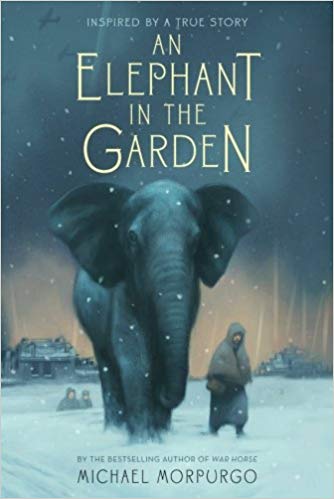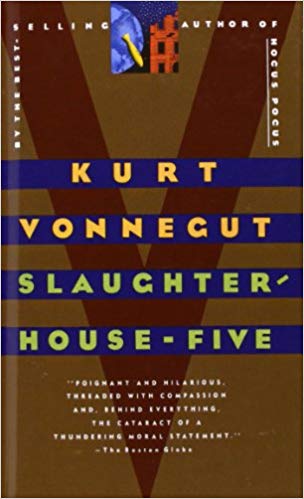
The Boy in the Striped Pajamas
John Boyne (Young Adult Fiction)
Bruno slowed down when he saw the dot that became a speck that became a blob that became a figure that became a boy. Although there was a fence separating them, he knew that you could never be too careful with strangers and it was always best to approach them with caution. So he continued to walk, and before long they were facing each other.
Bruno may have been just nine years old, but he knew something was wrong when he came home from school and found the family’s maid in his room packing up all of his belongings. His father had received important military orders and the family was to leave their luxury home in Berlin to go someplace that Bruno had never heard of before. When Bruno saw his new home, he didn’t like it all. Theirs was the only house on the road. And it was much smaller than their other home. And behind it was a big yard with a spiky fence all around it. A yard that contained small huts, several soldiers, and many, many men and boys all wearing identical striped pajamas with a matching cap. It was all very strange. Yes, Bruno didn’t like this place at all.
Bruno is innocent, naïve, and an unlikely protagonist who neither recognizes nor understands the horrors of the concentration camp located behind his new home. Through his young and selfish lens, he only sees unfairness when he views the camp for why should there be so many boys on the other side of the fence who have one another to play with while he has no one? Bruno is absolutely angered by this injustice. Of course, the reader realizes what the true injustice is, which makes Bruno’s self-centeredness all the more unpalatable. Boyne doesn’t introduce readers to the boy in the striped pajamas until halfway through the book, which allows readers ample time to become acquainted with Bruno. During that period, we realize that Bruno’s “faults” are really just him being a small, sheltered, and unworldly boy of nine: he’s thoughtless, scared, self-indulgent, petulant, and irrational. But Boyne also shows us a Bruno that is kindhearted, inquisitive, and who understands the value of maintaining a secret and the importance of keeping a promise.
I’ve read several books for both juvenile and young adult readers that deal with the Holocaust and concentration camps. This one is unique in that Boyne shows us the horror through two young boys of the same age, height, and physical features—virtual mirror images of each other. Bruno is essentially the “before” while Shmuel, the boy in the striped pajamas, is the “after”. One is German, well fed, idealistic, and blissfully ignorant while the other is Polish, gaunt, hopeless, and worn down by hate, starvation, and fear. It’s a stark contrast and Boyne is able to successfully illustrate the horrors of war and bigotry without having to delve into graphic detail. Although this book is recommended for grades 9-12, its implied acts of violence (there is one brief mention of a dog being shot) and death make it suitable for younger readers although a knowledge of World War II would help put the subject matter into context. The use of repetition and puns also help to successfully reinforce key points and ideas for readers.
Above its grisly subject matter, The Boy in the Striped Pajamas is a touching story about two lonely boys who find comfort and security through friendship. American entrepreneur, author, and motivational speaker Emanuel James “Jim” Rohn said, “For every promise, there is a price to pay.” Bruno had to weigh the value of a promise he made and although he knew very little about politics or geography or just the world in general, he did know that there was value to be placed on life and that you always, always keep a promise…especially to your best friend.
Rating: 5/5
*Book cover image attributed to www.barnesandnoble.com
**Want more? Visit our Facebook page at www.facebook.com/thedustyjacket



